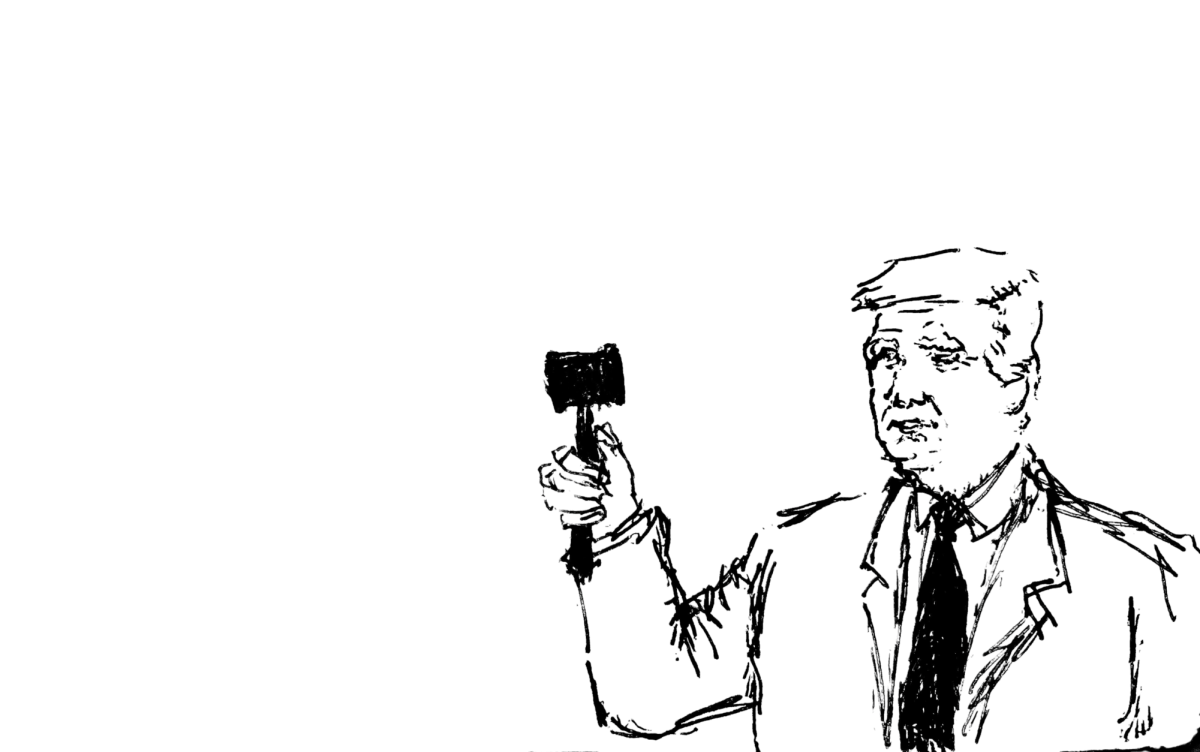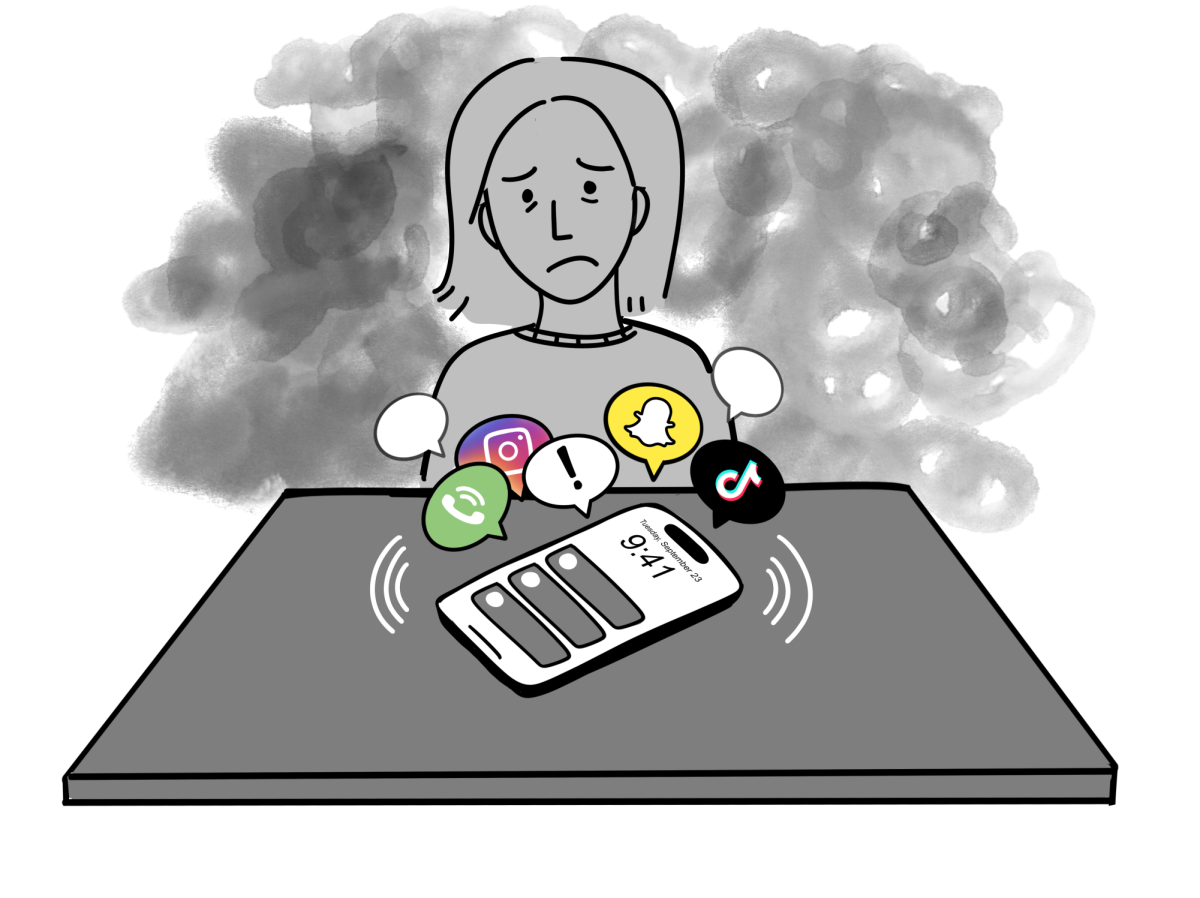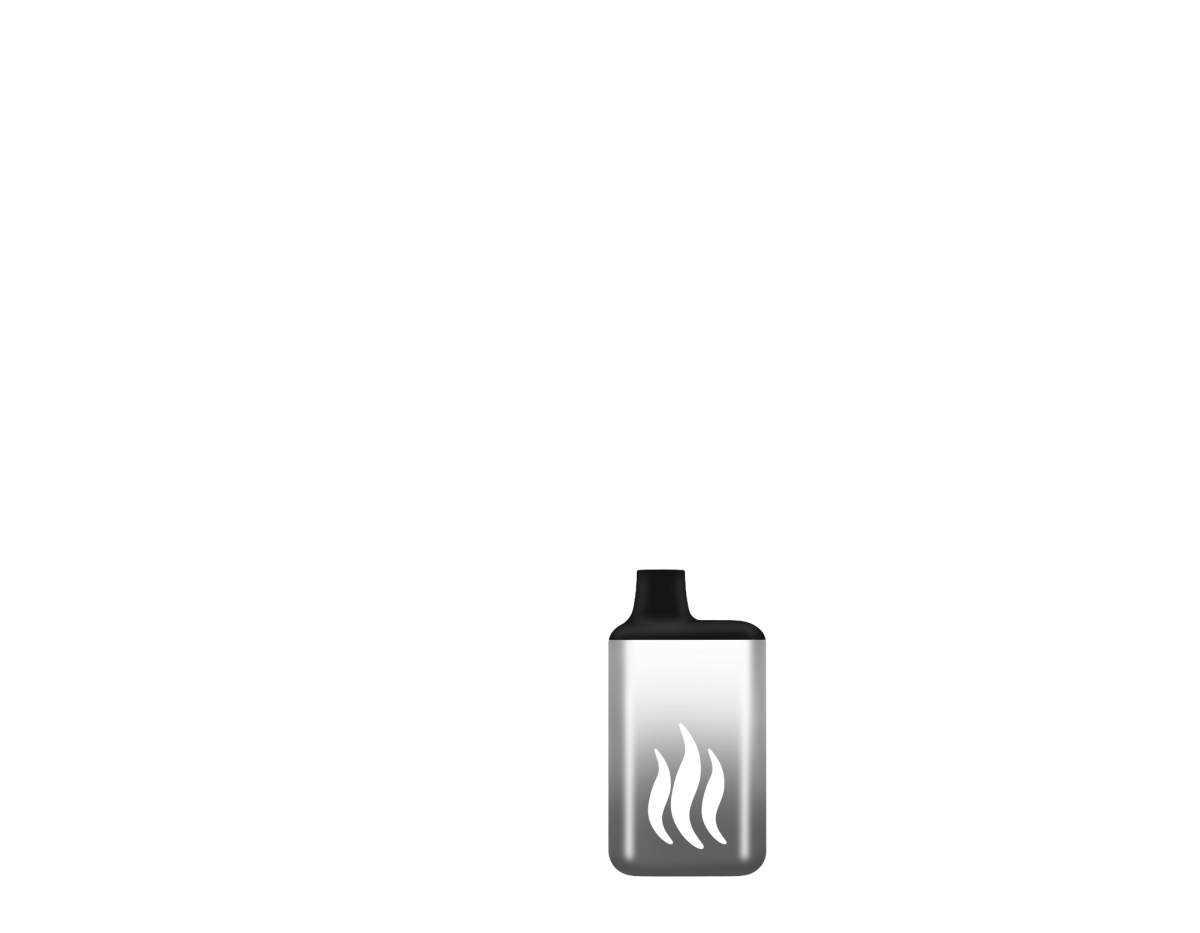As you might know, delivery to the school from services such as Doordash or UberEats have been banned for a decent amount of time, and will be so for the foreseeable future. While some students might feel this is unreasonable, in reality it’s completely justified. Due to the nature of these platforms, there are innumerable complications to the logistics of food deliveries, huge security risks, and immense room for error, all of which we will dive into over the next few paragraphs.
First, let’s establish what a food delivery system might look like, should it be permitted. Broken down, the system would consist of an initial deposit of the deliveries, and a student collection of their orders. The best possible system for an initial deposit would be one like the drop off circle in the front of the school, which works fairly well in the mornings, but unlike students, bags of food can’t walk on their own. The best way to collect the orders from the drivers would either be to have a staff member on call to receive the orders, or to have the drivers walk into the lobby and deposit them individually. After that, the orders would need to be transported to a pickup location inside the building, likely the lobby, where students would pick up the order with their name on it.
A system like this would more or less be the route the school would take if they open the campus to deliveries, and while it would be the best possible system, there would still be many unavoidable flaws and vulnerabilities, and with the amount of students attending LM, it wouldn’t be outrageous to estimate 100 students (~6% of the student body) might place orders each day, with an upwards of 200 (~10%) in the first weeks of an unban.
There would be major flaws throughout the system, with a major one being the personnel required. The school certainly has the capacity to have staff receive and distribute orders in accordance with the laid out plan, but there is little reason they’d want to waste their resources on something so unnecessary. In such a system, the more you cut in personnel, the more risk you assume in other areas. For example if you had a drop off box in lieu of a staff member to collect food, you’d run the risk of drivers stealing other’s orders.
The second major flaw in this system would be in the pickup phase. Just to organize 100 sum students all trying to find their order and leave would require its own personnel, and any complications/delays would lead to loitering in the halls while students wait for their orders to be available. You could minimize this by making 15 minute windows for each grade, but eventually the errors and overflow would compound, leading a massive amount of students to either get their food at the last minute, or not get their food entirely. Additionally, there would always be the risk of someone taking the wrong order, or damaging someone else’s (eg, knocking over a Starbucks cup) that might completely disrupt the flow.
Finally, aside from the impossible logistics of the delivery process, the most important factor in this would be safety. Opening the school doors to ~100 non-parent/student vehicles, even if monitored, would create a boatload of security threats, where a singular confused driver might trigger a lockdown, and it’s impossible to know what might happen should a driver (or an individual claiming to be a driver) enters the school with mal-intent.
All in all, due to the scale required of such a system, DoorDash and UberEats deliveries to the school are just unfeasible. The amount of personnel required to secure such a system, and the amount of risk the school and consumers would assume should there be an error in such a system is nowhere near worth it.





